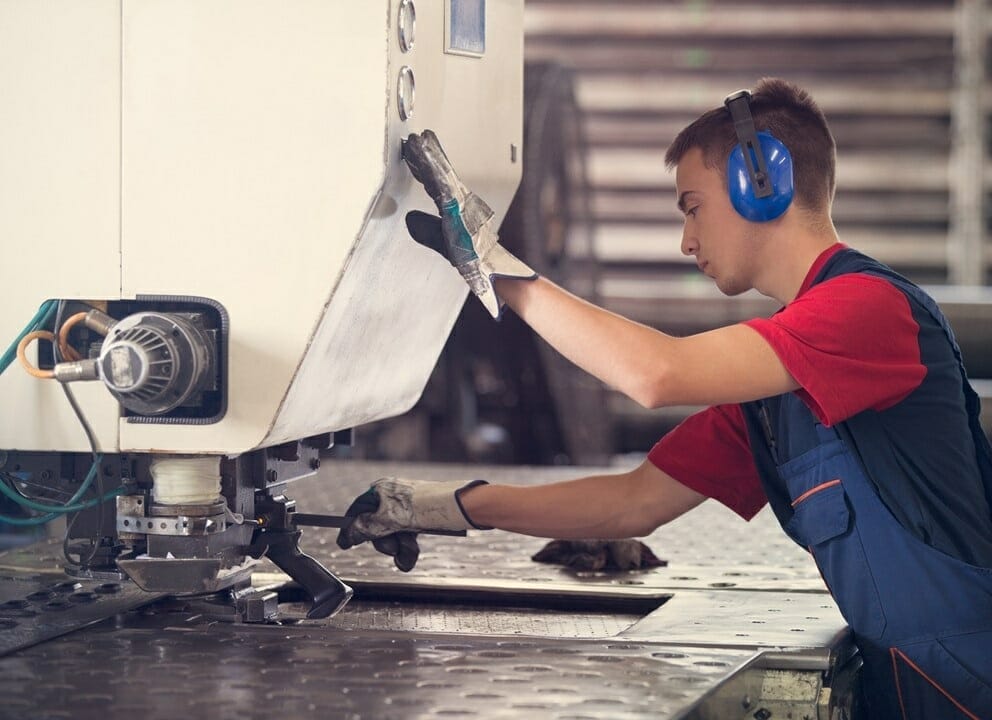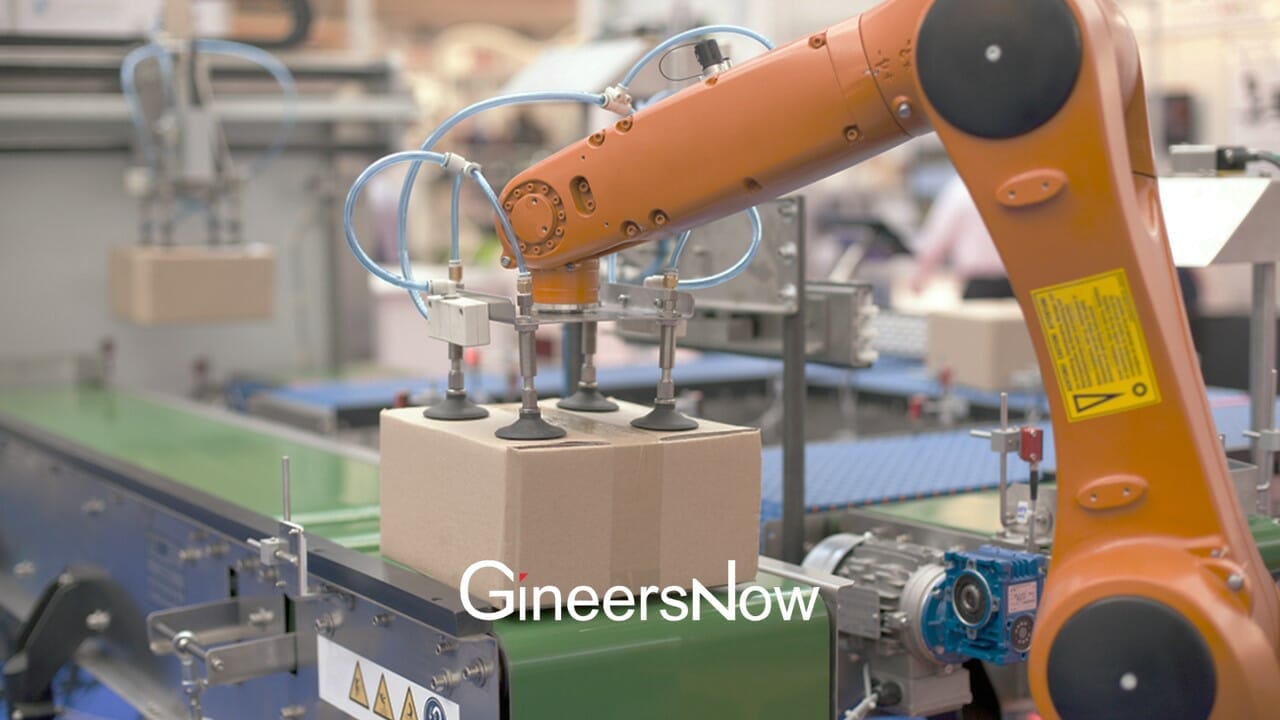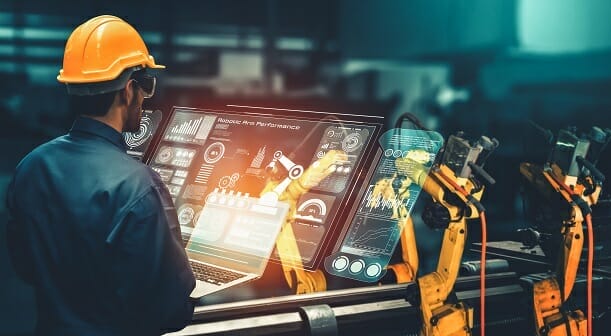Calibration is a process that compares measurements of known and unknown measuring instruments to ensure they don’t deviate from the standard accuracy. In the calibration industry, instruments with unknown performance are called “unit tests. ” In contrast, instruments with known measurements are the “calibration standards.”
In some cases, calibration entails adjusting devices to align it to a given standard. Load cells measure force and weight in several applications and are mostly used as part of the weighing system. The load indicator in load cells is non-intrusive and highly accurate if properly installed and routinely calibrated.
Below are the importance of regular calibration and maintenance for accuracy:
Keeping Up with Standards
Load cell companies must meet global industry standards such as ISO9000 compliance obligations. The ISO9000 standard specifies that the maximum duration for the calibration should be undertaken at least once every two years. This is because instruments such as load cells gradually deteriorate in measurement within one to two years. Many load cells have also adopted an annual calibration as their standard interval to ensure accurate measurements.
Another essential thing to consider while conforming to standards is comparing the current and previous calibrations to identify the level of accuracy drop-off. Such results can help in knowing the suitable calibration times for severe operating conditions and harsh environments, but most importantly, being compliant eases the company from legal sanctions that may arise and affect the business.
Preserves Process Safety
Maintaining process safety is fundamental in measuring equipment such as load cells, which are vital to many industry sectors like aerospace, marine, heavy lifting equipment, and automotive. It is, hence, necessary that measurements are tentatively accurate. According to the Product Liability and Safety Act, regular calibration is a fundamental requirement as part of the national standards and aids in augmenting compliance with the ISO9000. As a result, companies have to specify their calibration procedures by maintaining appropriate calibration records and implementing them within their quality management systems.

If calibration is not well observed, problems may arise that may have hazardous effects on safety. For example, imagine an engineer replacing a safety valve using a wrench—a torque tool—that has not been calibrated. Such an act would present considerable risk to safety due to inaccurate measurements.
Reduces Loss of Revenue
Instruments or measuring equipment that are not appropriately calibrated may present revenue loss for any industry, whether commercial or manufacturing. Problems with measurement readings may also cause time delays and other safety concerns. Time delays may slow the business process and eventually lead to reduced profits.
Additionally, the cost associated with damages to safety can be very expensive for any company. It may damage reputations, but losing potential customers would be even worse. Such after-effects and implications are why you must constantly recalibrate your load cell system.
Alignment with Manufacturers Guidelines
Another important calibration aspect is ensuring you work according to the manufacturer’s guidelines. This can be achieved through independent verification, which aids in corroborating the reliability of the service your company is offering, additionally for maintaining authenticity and industry recognition, It is advisable to continually be presented with a calibration certification after a calibration exercise, which helps to fortify your company’s service to your clients.
Improved Efficiency and Accuracy
Most measuring instruments, including load cells, should be regularly quantified with standard validation procedures for reliable readings that help inform accurate and decisive decision-making. With regular calibration and maintenance, you can authenticate and ascertain load cell readings when measuring weight and force against a standardized benchmark, which helps to achieve accuracy and efficiency.
Occasionally, instruments’ accuracy tends to drift due to ambient environmental factors like humidity and pressure. Notably, not all systems require calibration, but instruments using load cells to offer critical services related to product safety and quality should regularly calibrate their systems. It is even advisable to move such instruments from periodic calibration to on-demand calibration so that,, as a company, you don’t take chances, which might cause people’s lives or even damage your business reputation.
Conclusion
The importance of instrument calibrations cannot be overemphasized. Although they may seem basic, they are vital maintenance requirements. Every manufacturing company that uses instruments and machinery should consider establishing calibration and maintenance as a regular undertaking deeply rooted in its business process.
With that, the company will realize the importance of calibration and maintenance, which includes keeping up with standards, preserving process safety, reducing revenue loss, aligning with the manufacturer’s guidelines, and improving efficiency and accuracy.




















